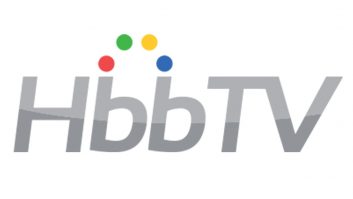
Ofcom has published a consultation document detailing various approaches to the enforcement of TV advertising schedules. The consultation is designed to explore the options available to the UK regulator in securing “effective and consistent enforcement of rules on the extent to which television programmes can be interrupted by advertising.”
The consultation also proposes changes to the current scheduling rules to make them clearer and easier to follow, as the document states. “Although European law specifies the number of advertising breaks permitted during certain programmes, it does not specify the approach that national regulators like Ofcom should take in enforcing these rules. Broadcasters have argued strongly in favour of different approaches. In this document, we set out our view of the advantages and disadvantages of each possible approach.”
Patrick Mitchell, Legal Director at DLA Piper, explained to TVBEurope that while both Ofcom’s own Code on the Scheduling of Television Advertising (COSTA) and the Audiovisual Media Services Directive place restrictions on the insertion of internal advertising breaks within programmes, based on factors including the “scheduled duration” of the programmes in question, neither actually define the term.
“The consultation primarily focuses on a choice between four different methods of calculating a programme’s ‘scheduled duration’,” he writes. “Under the Electronic Programme Guide (EPG) Approach method, a programme’s scheduled duration is based on the EPG listing – i.e. from the scheduled start time of that programme until the scheduled start time of the next. This means that both the programme’s editorial content and any material broadcast during the breaks (e.g. advertising, programme trails, etc) are included in the scheduled duration. This is the traditional method for calculating a programme’s scheduled duration.
“With the Broadcasters’ Transmission (TX) Logs Approacha programme’s scheduled duration is calculated on information obtained from the TX logs, which provide detailed records of the start and end times of each programme, along with the timings of internal breaks. This in turn provides three possible ways to calculate the scheduled duration:
“a) the programme slot – i.e. from the start of one programme until the start of the next, including all programme, advertising and promotional material transmitted in-between;
b) editorial content plus internal breaks – i.e. from the start to the end of the programme including editorial content and all material shown during internal breaks; or
c) editorial content alone – i.e. from the start of the programme to the end of the programme excluding advertising and promotional material broadcast in internal breaks.”
The consultation is open until 10 October with Ofcom expected to issue a statement in early 2015. You can access the full consultation from Ofcom’s website. To read more from Patrick Mitchell and the rest of the team at DLA Piper, you can visit DLA Piper’s Media Sport and Entertainment blog.







